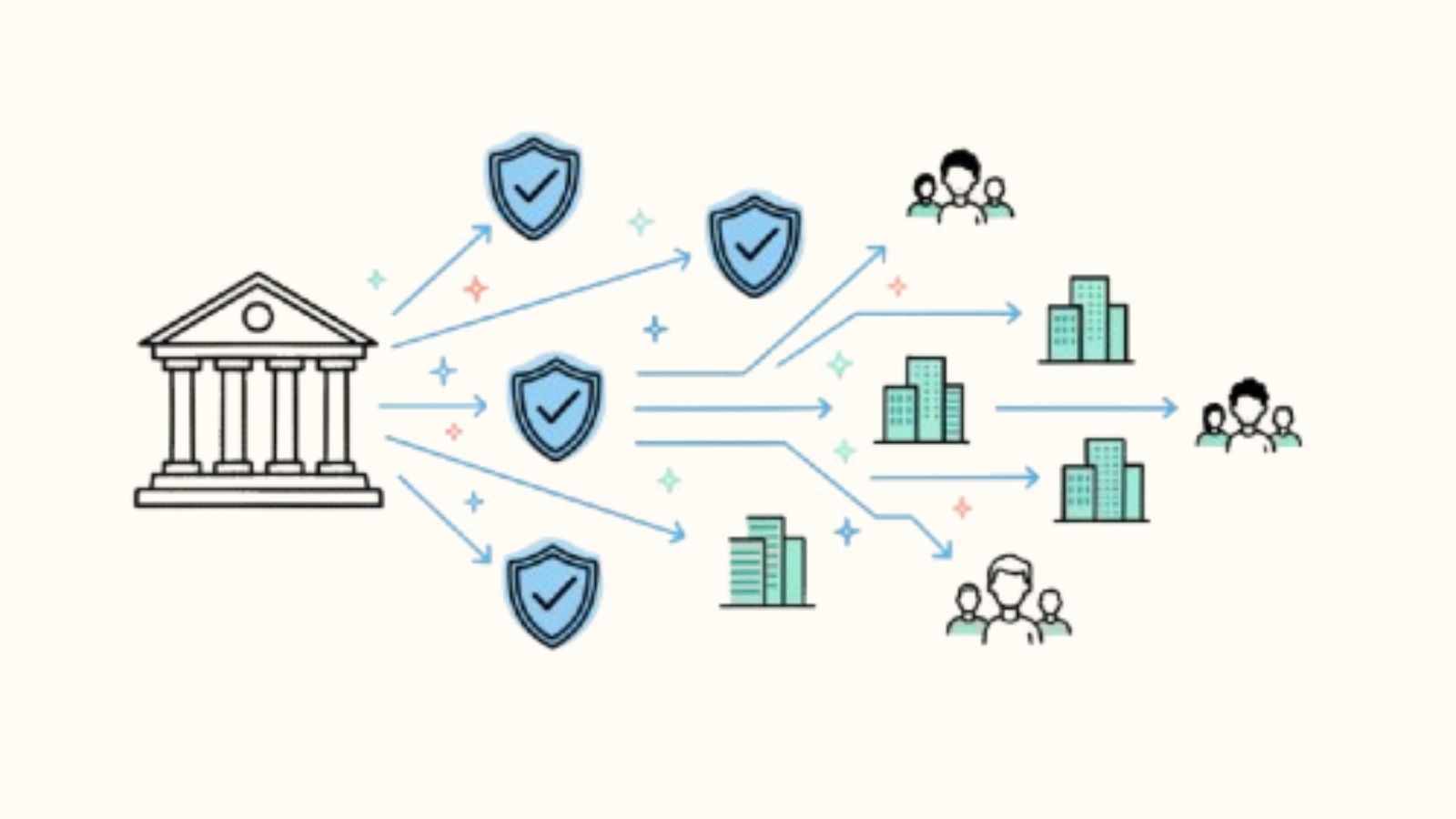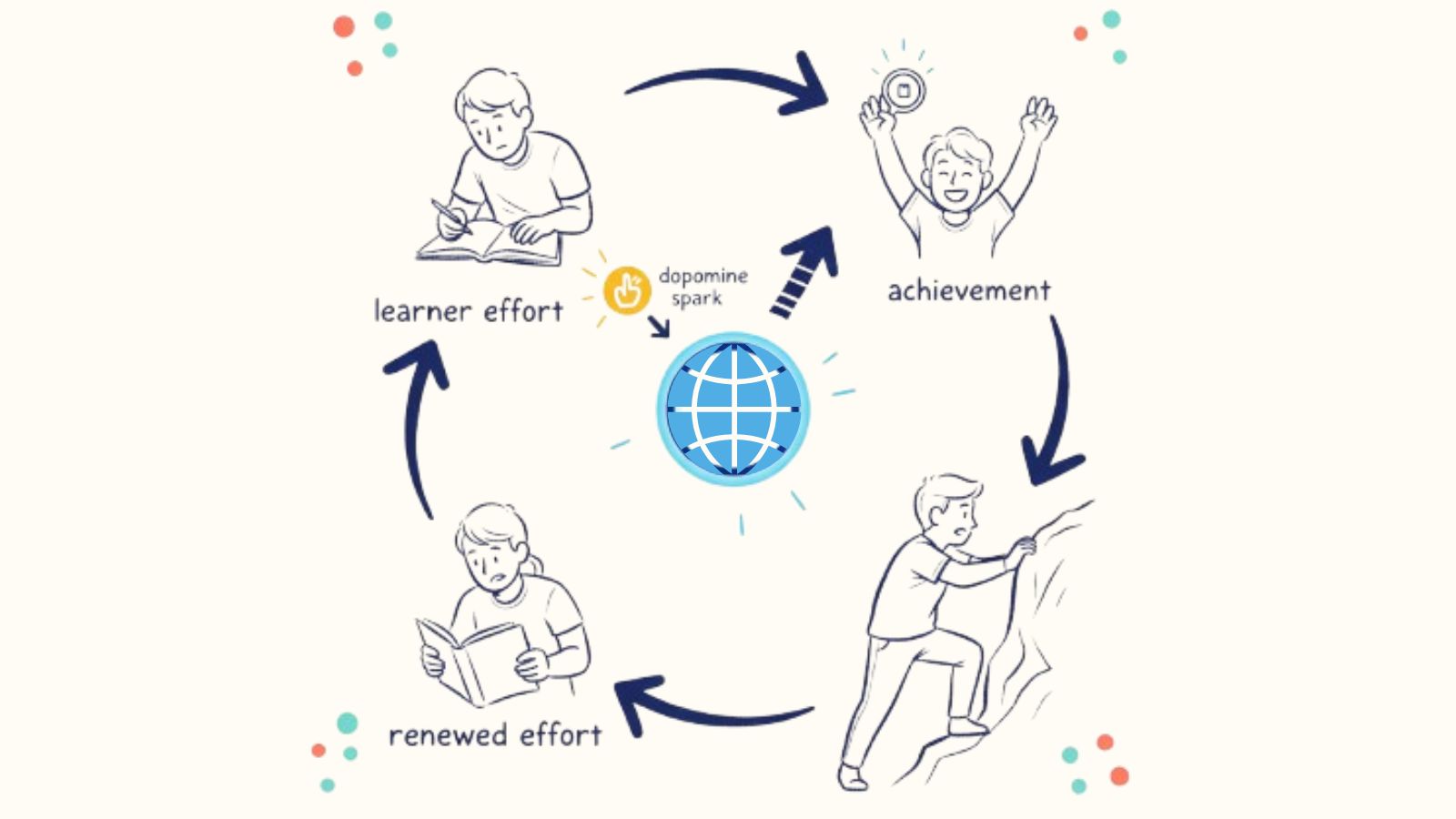Progress feels good. That is not a metaphor. It is neuroscience. When people experience small moments of achievement, the brain releases dopamine, a neurotransmitter linked to motivation and satisfaction. In digital learning, badges replicate that reward loop in a structured, visible way. They turn abstract progress into tangible proof, converting invisible effort into recognizable achievement.
Digital badges are not just decorative icons. They are behavioral cues that shape how learners commit, persist, and celebrate growth. The real art lies in understanding why they work and how institutions can use them to build long-term engagement that actually sustains itself.
Why Recognition Triggers Motivation
In psychology, the concept of positive reinforcement describes how rewards strengthen behavior. When learners earn a digital badge, they receive immediate feedback that validates their effort. Unlike final certificates, which often arrive at the end of a long program, badges capture progress as it unfolds.
A 2023 study by EDUCAUSE Review found that learners who receive incremental recognition through badges are 47 percent more likely to complete their courses. The reason is simple: progress feels tangible. Each badge validates the time and energy invested, transforming progress into motivation to continue.
Badges convert learning from an abstract journey into a series of attainable steps. Each one communicates to the learner, “You are moving forward.” Over time, these affirmations compound. They boost morale, strengthen career pathways, and help learners build confidence through visible micro-successes.
For institutions, this is not just about motivation. It is a direct link between credential psychology and measurable learning outcomes. In The Economics of Digital Credentials, we explored how institutions measure ROI through issuance data.
The same principle applies here: Each earned badge is both a psychological and operational signal of progress.
The Micro-Win Effect
Micro-wins are small but powerful psychological anchors. They make big goals feel achievable by breaking them into smaller milestones. In learning environments, this micro-progress effect creates momentum.
Consider how fitness apps use streaks or progress bars to sustain engagement. Each small milestone triggers the brain’s reward system, reinforcing consistency. The same principle drives digital badge engagement. When a learner earns a “Module Completed” or “Skill Verified” badge, it activates a reward response that sustains participation.

Behavioral economists call this the Goal Gradient Effect. It describes how people accelerate effort as they get closer to a goal. Digital badges visually express that proximity. They reduce the psychological distance between "where I am" and "what I want to achieve".
This mechanism is one reason digital credentialing has become a key strategy in large-scale learning environments. Institutions issuing badges at scale report higher engagement metrics, improved retention, and even better social sharing behavior. Each micro-win fuels the next, creating a self-reinforcing cycle of learning.
To see how institutions can design badges effectively for each learning tier, visit Designing a Badge on Hyperstack’s Platform, where we walk through how to translate milestones into meaningful visuals.
Validation and Social Proof
Digital badges also tap into one of the strongest human motivators: social recognition. People naturally seek validation, and when achievements are visible, they create a loop of encouragement and reputation building.
Sharing achievements publicly, especially on professional platforms, amplifies motivation through what psychologists call social proof. In 2024, LinkedIn reported that posts featuring verified digital credentials received 3.5 times more engagement than standard text updates.
Each badge share is both a personal statement and a reflection of institutional credibility. For learners, it builds identity. For institutions, it builds reach. Every shared badge is an organic advertisement powered by authenticity, not marketing.
This is where digital credentials differ fundamentally from traditional certificates. They are social by design. Their visibility creates a community of achievers, fostering trust among peers, employers, and educators.
When an institution uses platforms like Hyperstack’s digital credentialing system, every badge carries built-in verification and brand visibility. That means learners can confidently display achievements while employers instantly validate them. Trust, motivation, and credibility all converge in one digital symbol.
Building Long-Term Engagement
While badges create immediate bursts of motivation, their real power lies in sustained engagement. A well-designed credentialing framework maps the learner’s journey across multiple levels: foundational, intermediate, advanced, and mastery.
Each level provides both direction and reward, fostering what psychologists call intrinsic motivation: the drive to learn for the sake of personal growth, not just external rewards.

When badges align with meaningful skill outcomes, learners start valuing the process itself. They begin to associate learning with progress, not pressure. This is where the psychology of motivation meets educational design.
Institutions that integrate tiered digital credential programs often report stronger re-enrollment rates. For example, programs using incremental badges to track mastery in job-relevant skills see 2.3 times higher participation in advanced modules. The data suggests that when recognition aligns with genuine growth, motivation becomes self-sustaining.
The Memory Factor: Why Visual Symbols Stick
Badges are more than motivational tools. They are cognitive anchors. Humans process visuals up to 60,000 times faster than text and remember symbols with far greater clarity. Digital credentials capitalize on that biological bias.
A distinctive badge design helps learners recall achievements vividly, reinforcing both memory and self-identity. Cognitive research shows that visual recognition improves recall by up to 65 percent. When learners can see their growth, they internalize it.

Over time, a collection of badges becomes a narrative of personal and professional evolution. It represents not only what was learned, but how far the learner has come. That sense of visible history deepens confidence and commitment.
This is also why badge design quality is crucial. Meaningful visual consistency—color, iconography, and symbolism—helps learners form emotional bonds with their achievements. Hyperstack’s platform allows institutions to design badges that are not only verifiable but also emotionally resonant and brand-aligned.
Designing for Emotion and Meaning
The most effective digital badges are not just earned; they are felt. Their impact depends on emotional connection and perceived value. A well-crafted badge should communicate meaning instantly: visually, contextually, and emotionally.
Three design elements define high-impact badges:
- Clarity: The learner should immediately understand what the badge represents and what was required to earn it.
- Design: The visual identity should align with the skill or milestone, using recognizable symbols and color consistency.
- Context: Every badge should fit into a larger narrative of progress rather than existing as an isolated reward.
Badges that feel arbitrary lose meaning. Badges that tell a story build loyalty. When visual storytelling meets behavioral psychology, engagement naturally follows.
Institutions can apply these insights to pair emotional messaging with badge delivery, enhancing a learner’s sense of achievement.
The Institutional Perspective: Engagement as ROI
For institutions, the psychology of badges is not only a pedagogical insight; it is a strategic advantage. Higher engagement leads to better completion rates, improved satisfaction scores, and stronger alumni networks.
When badges are verifiable, shareable, and data-rich, they also become marketing assets. A single digital badge shared on LinkedIn can reach hundreds or thousands of potential learners. Scale that across a university issuing tens of thousands of credentials annually, and the ROI becomes significant.
This extends beyond visibility. Analytics from digital credentialing systems help institutions understand which courses drive the most engagement, which badges are most shared, and where learners are gaining traction. These insights transform engagement into strategy.
In our blog titled: The Economics of Digital Credentials, we explored how large-scale credential issuance turns into measurable data ROI. The psychology of badges is the emotional counterpart to that economic story. Together, they form a complete model of motivation, measurement, and growth.
The Takeaway
Small wins keep learners moving. When those wins are visual, verifiable, and shareable, they transform education into a continuous cycle of recognition and progress.
Digital badges represent the intersection of psychology, design, and data. They make effort visible, progress measurable, and achievement contagious. For learners, they provide motivation and pride. For institutions, they deliver engagement, loyalty, and measurable outcomes.
In the evolving landscape of digital credentialing, understanding the psychology behind badges is no longer optional. It is the difference between a system that issues rewards and one that inspires commitment.
Design meaningful badges that drive real engagement.
Use Hyperstack’s digital credentialing platform to create, issue, and analyze badges that connect psychology with measurable learning impact.
Schedule your free demo now!